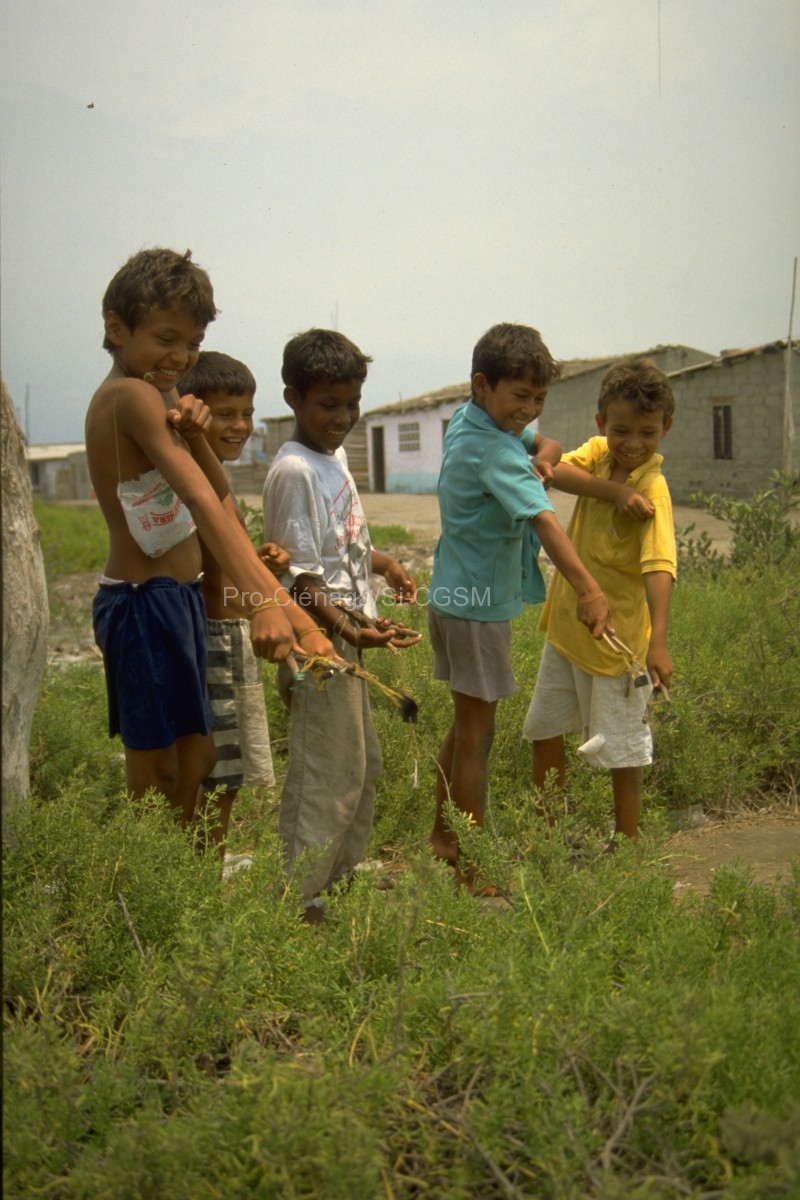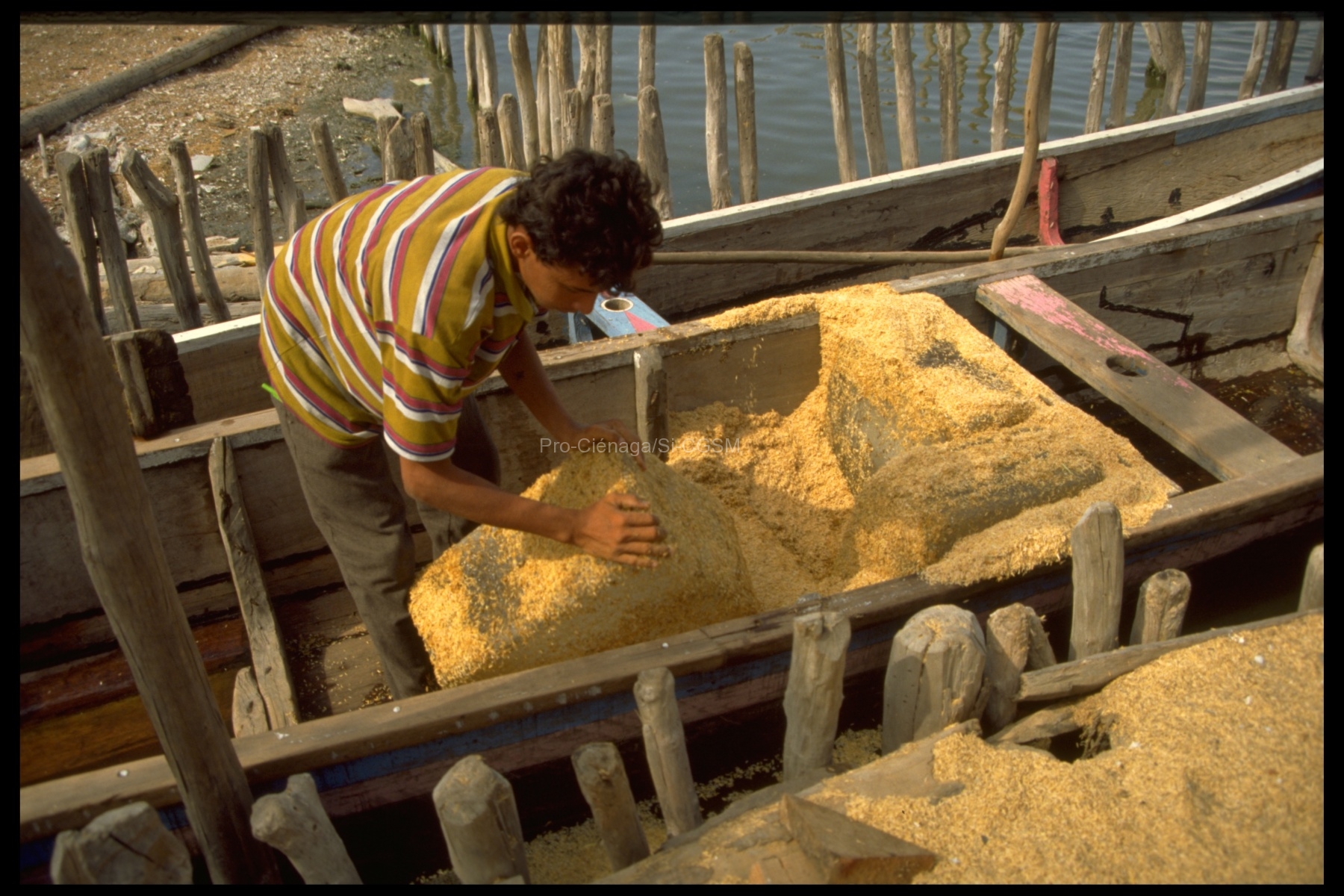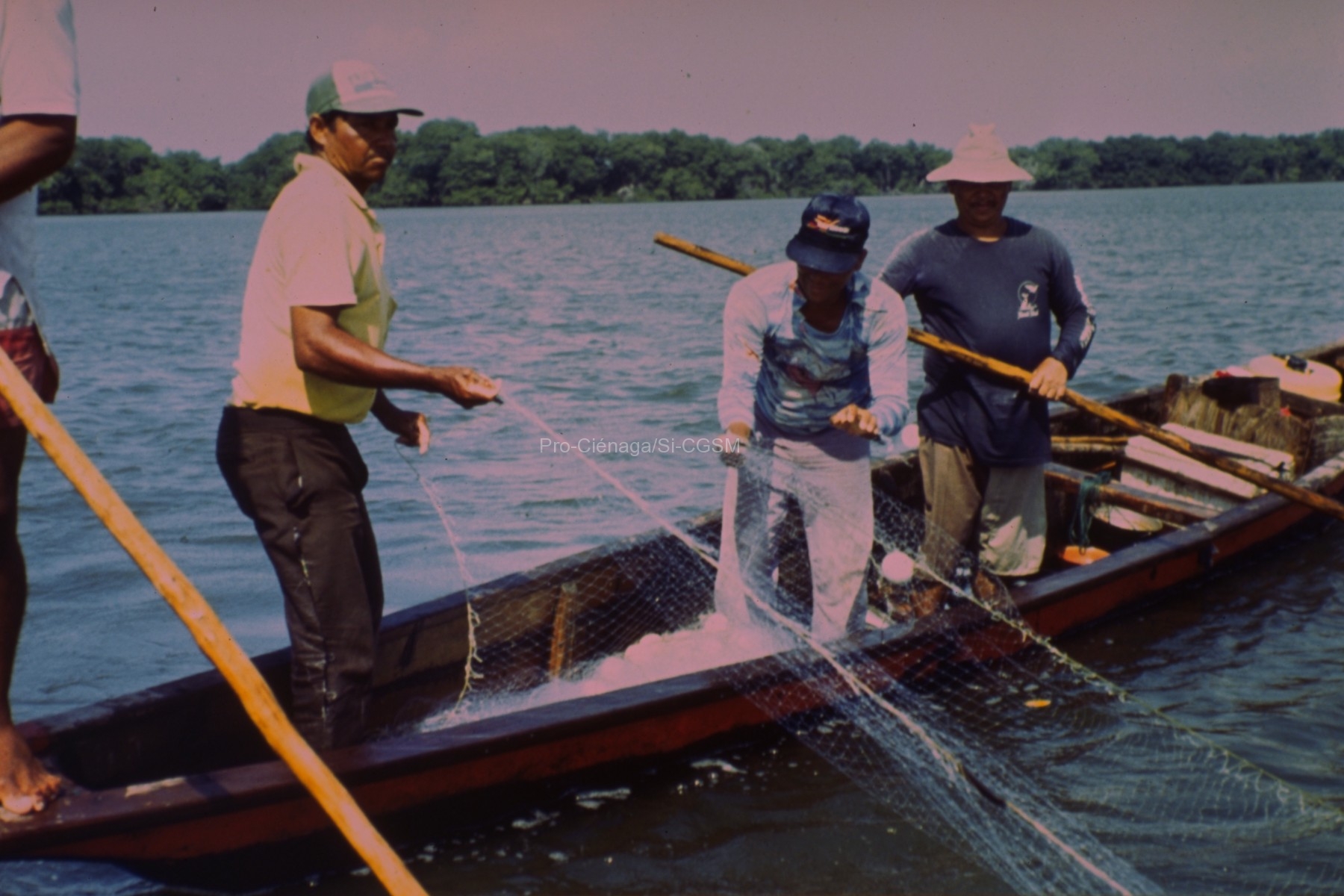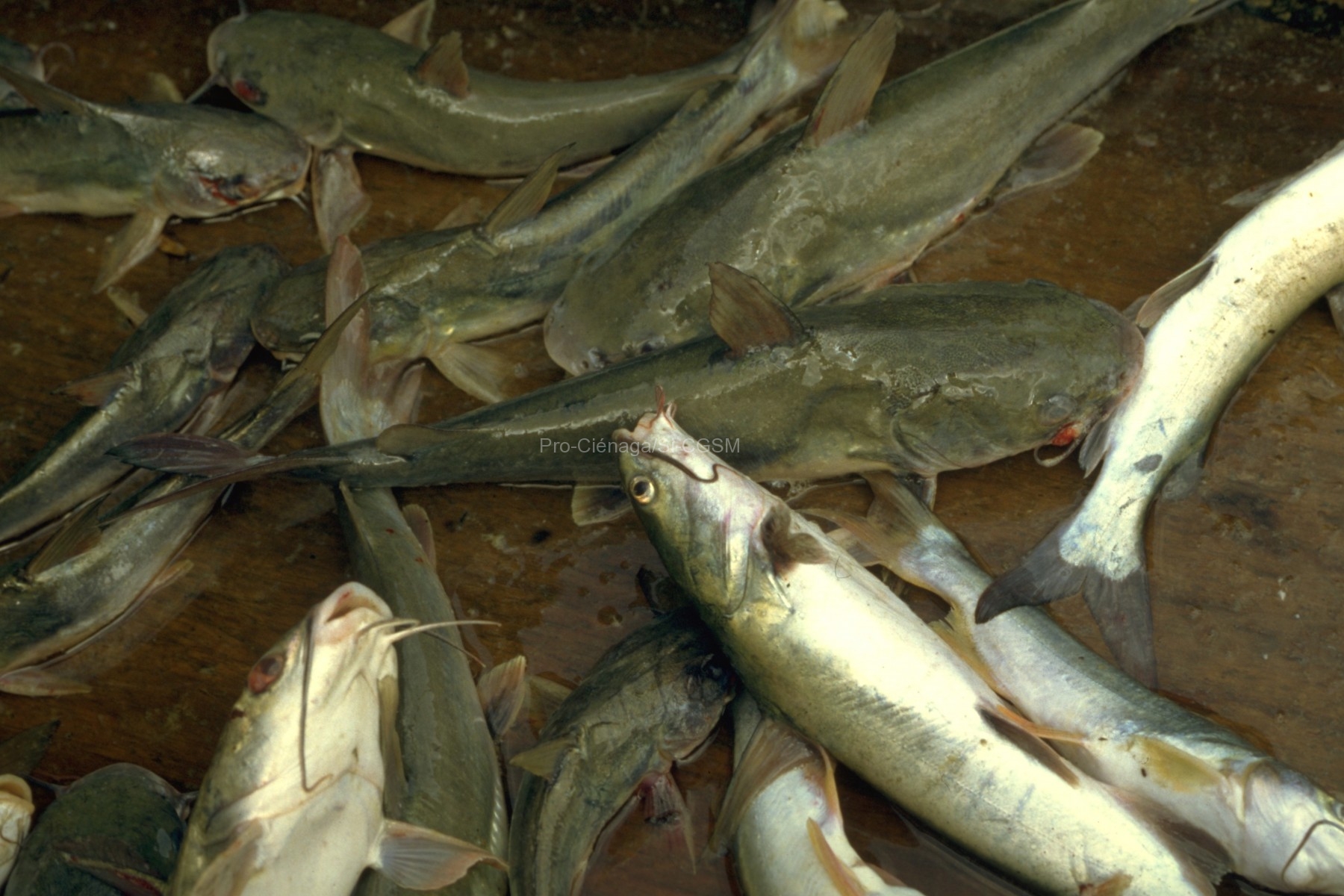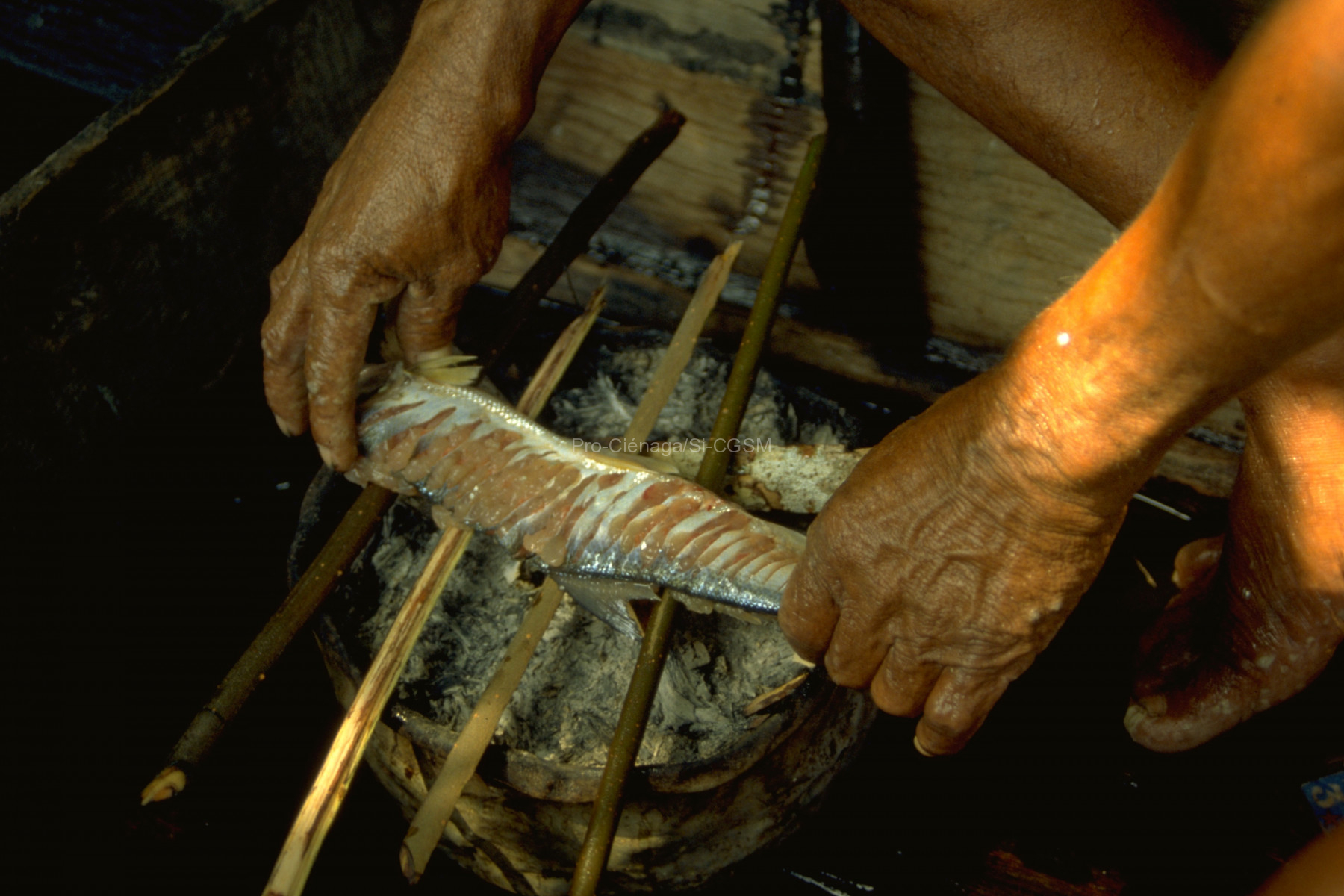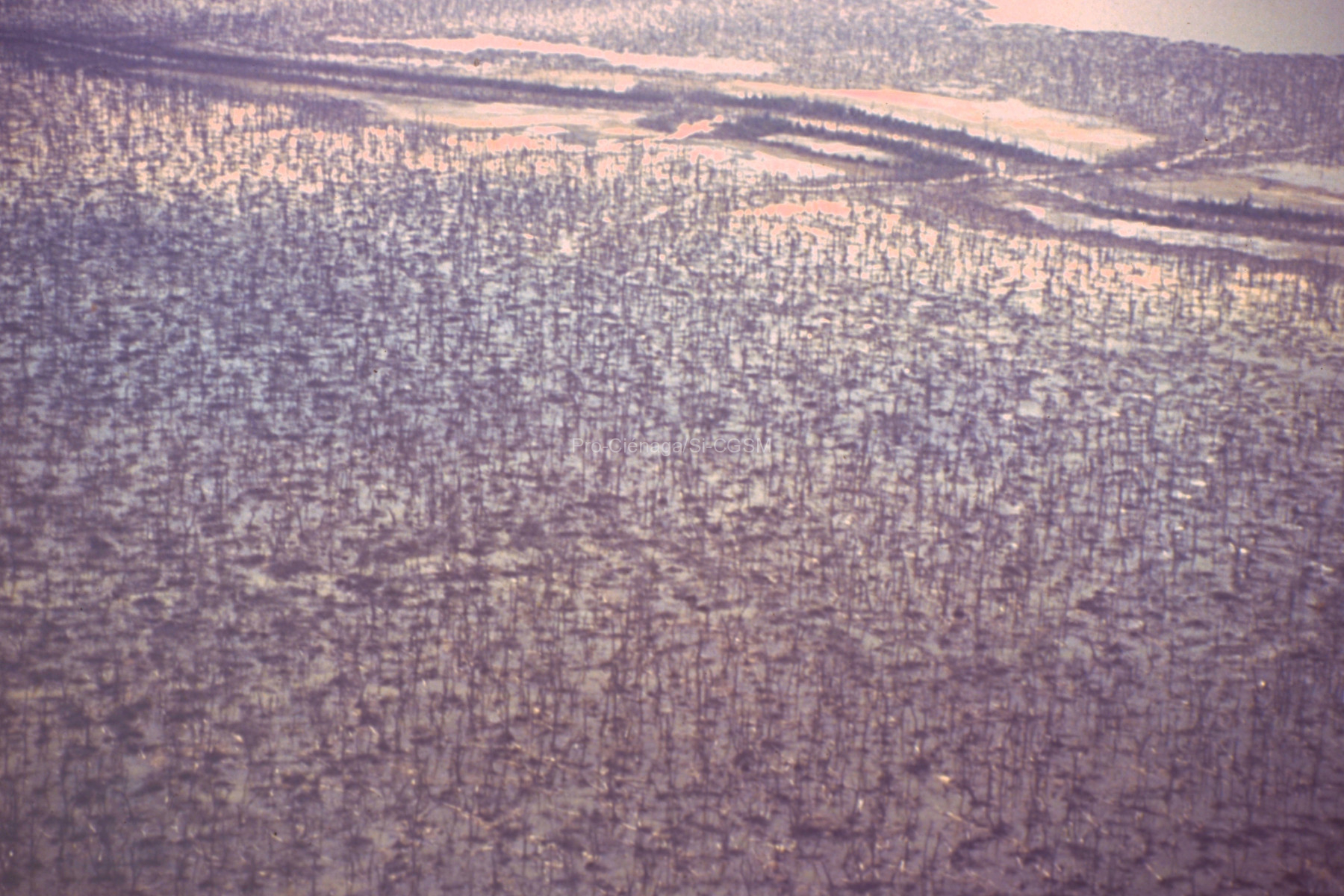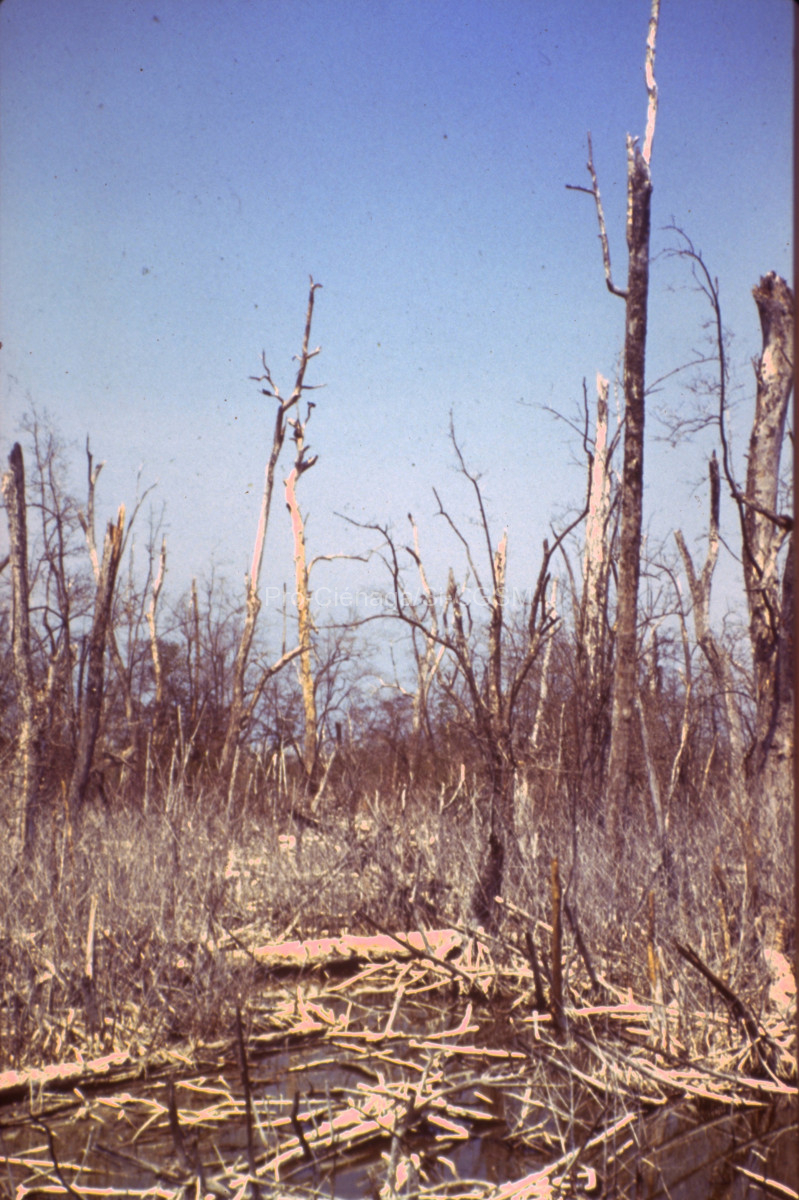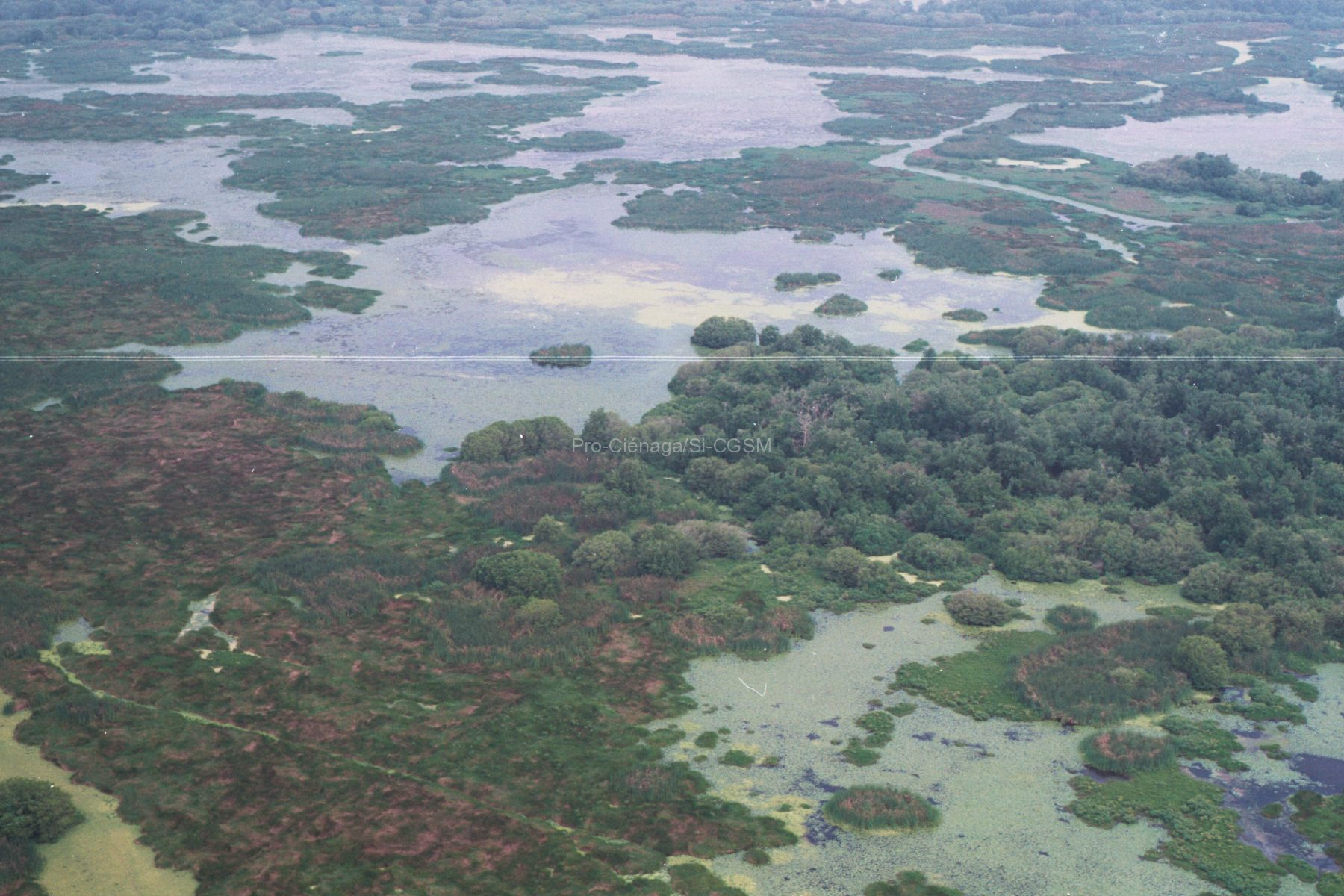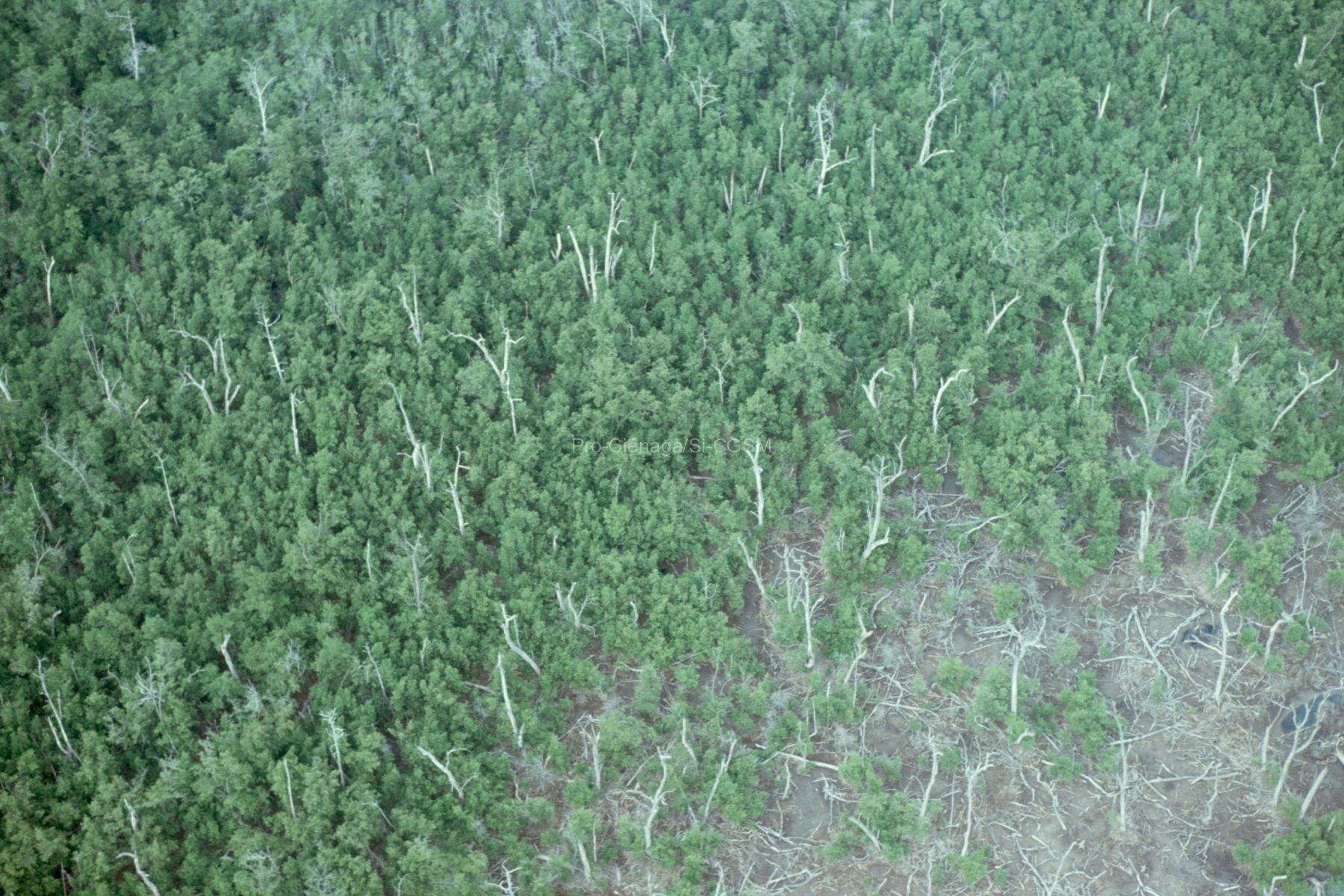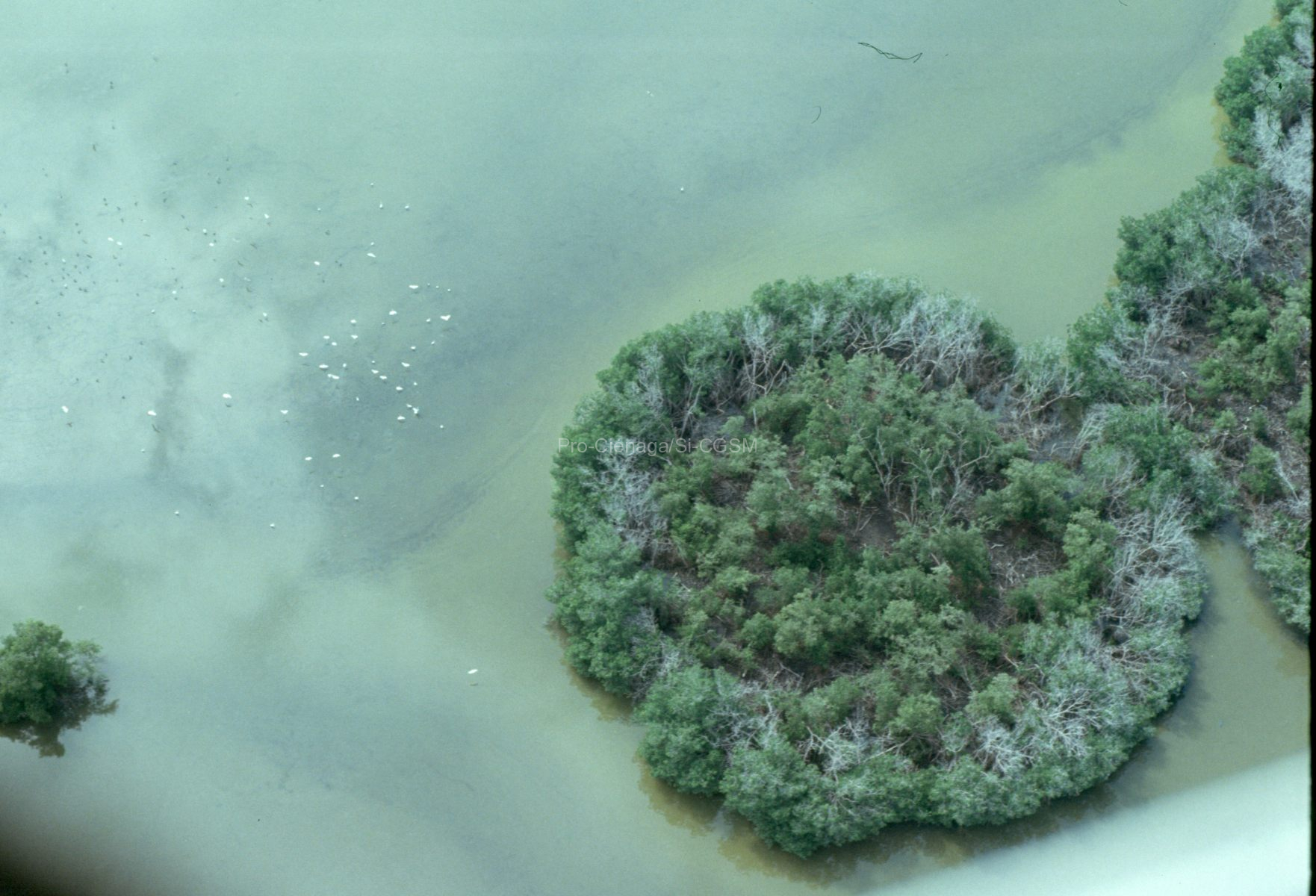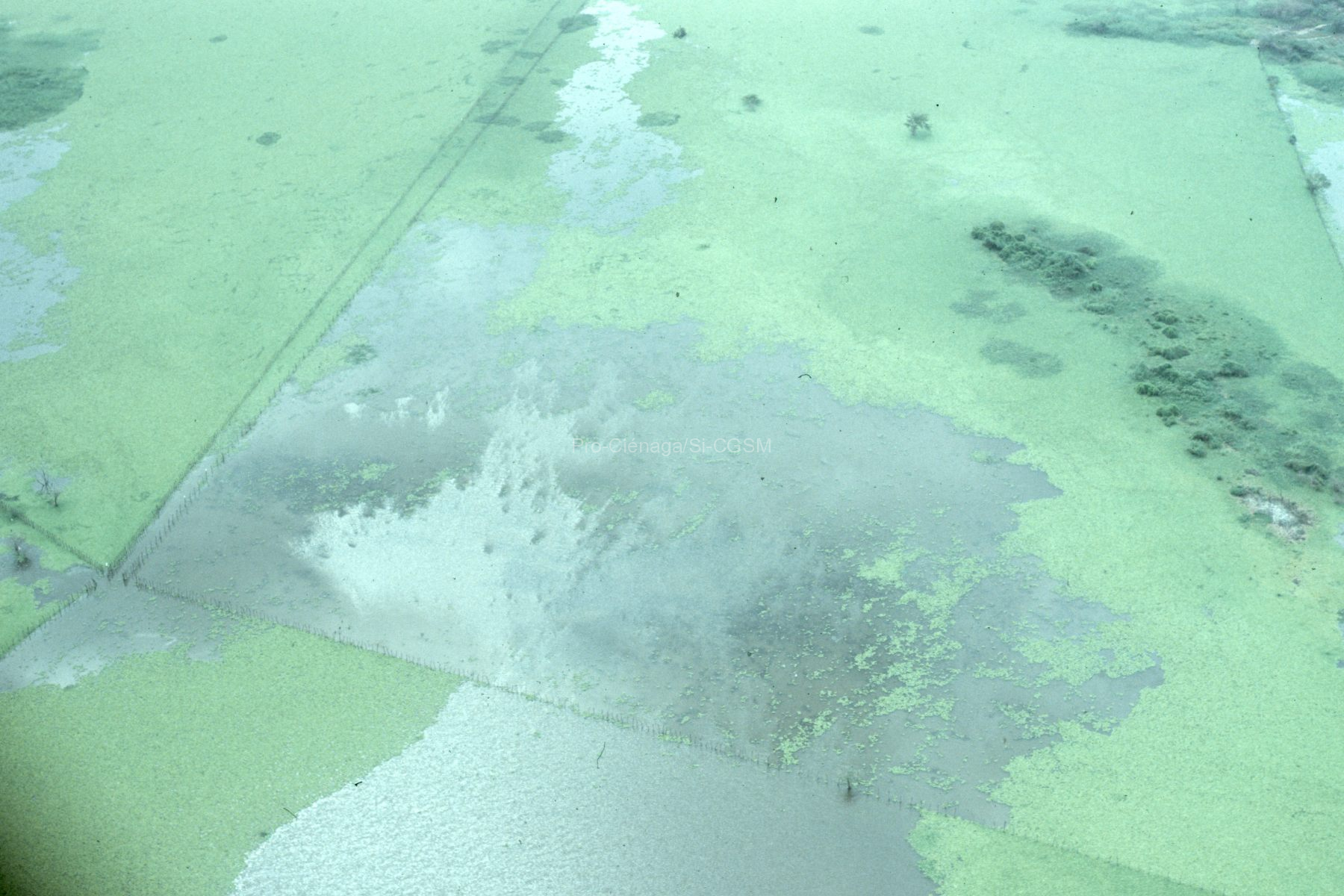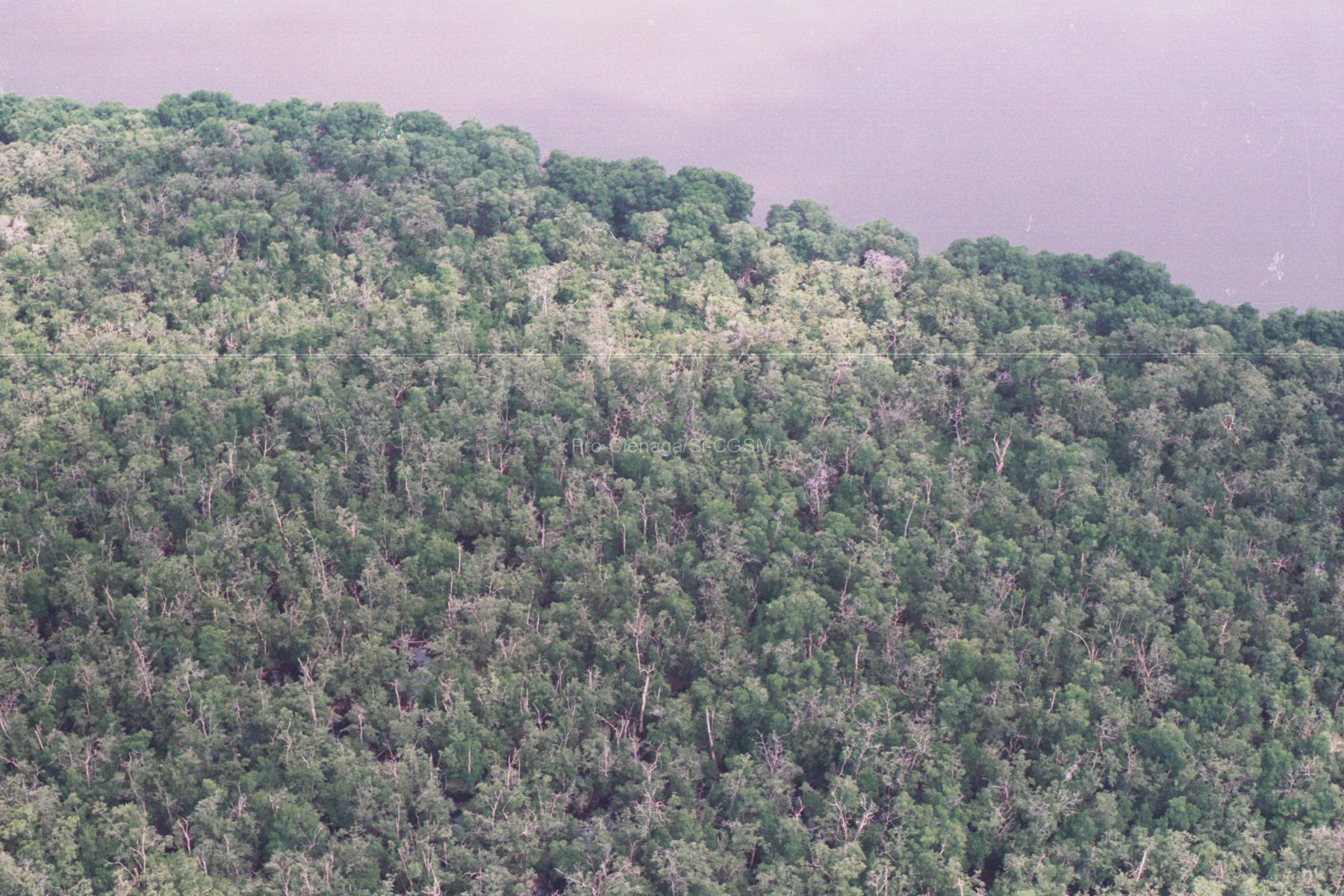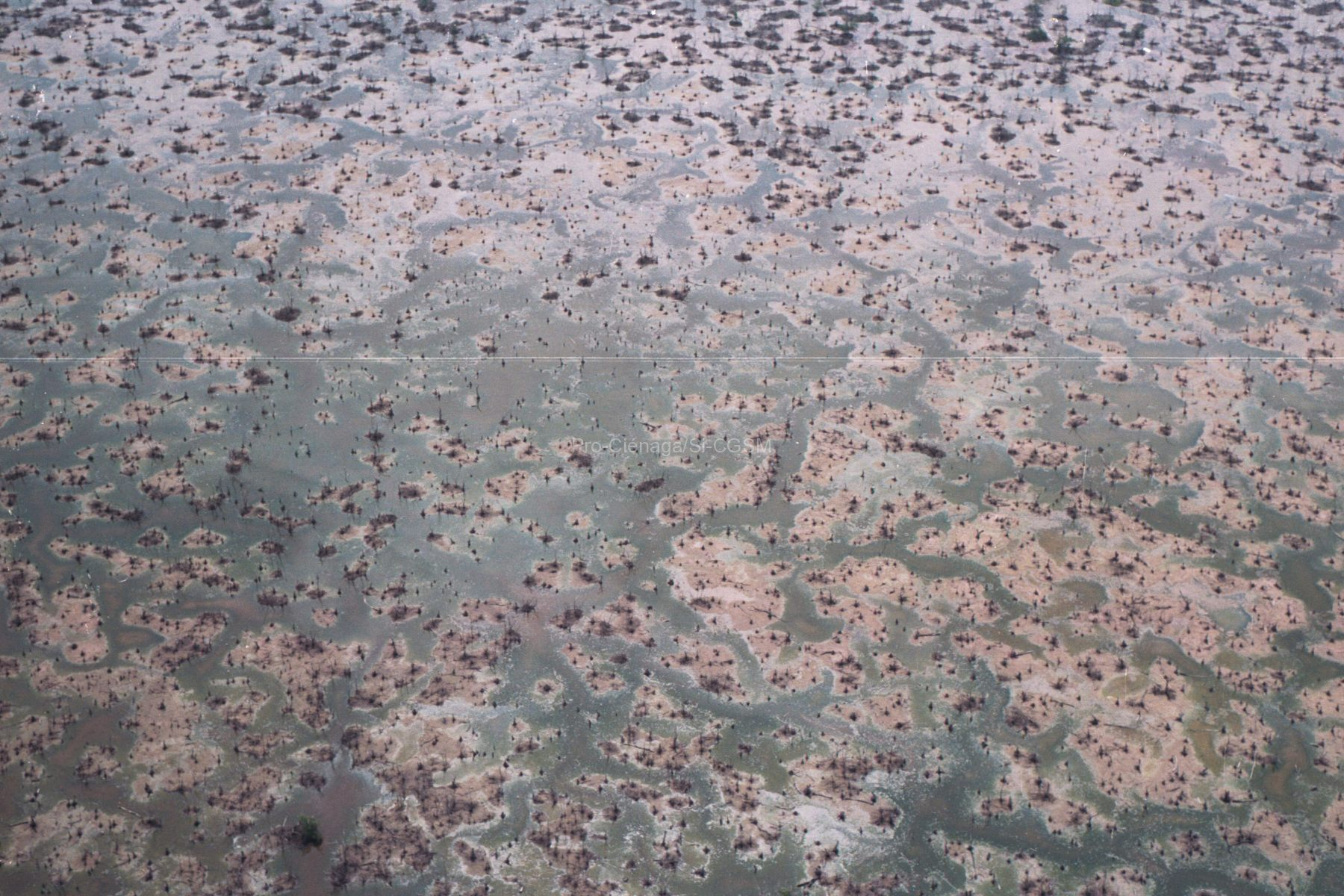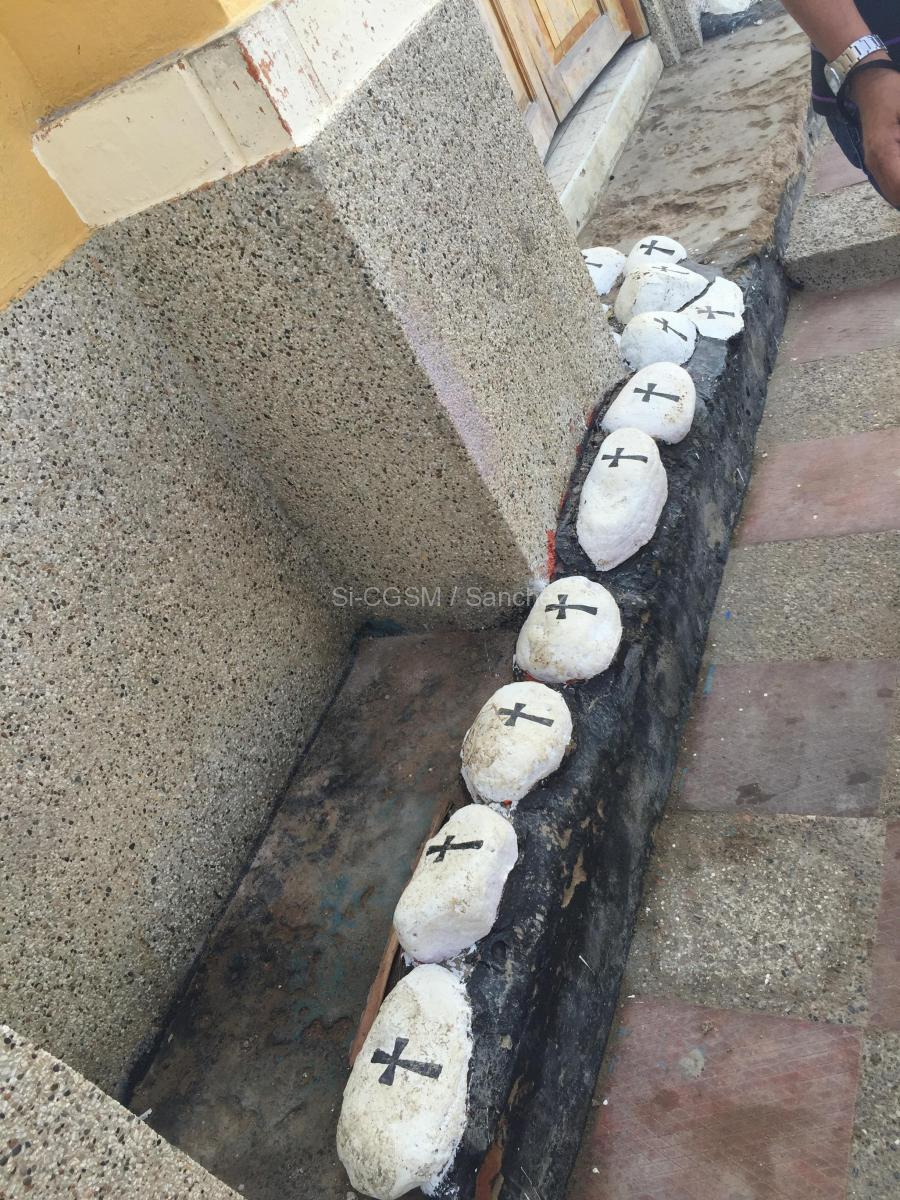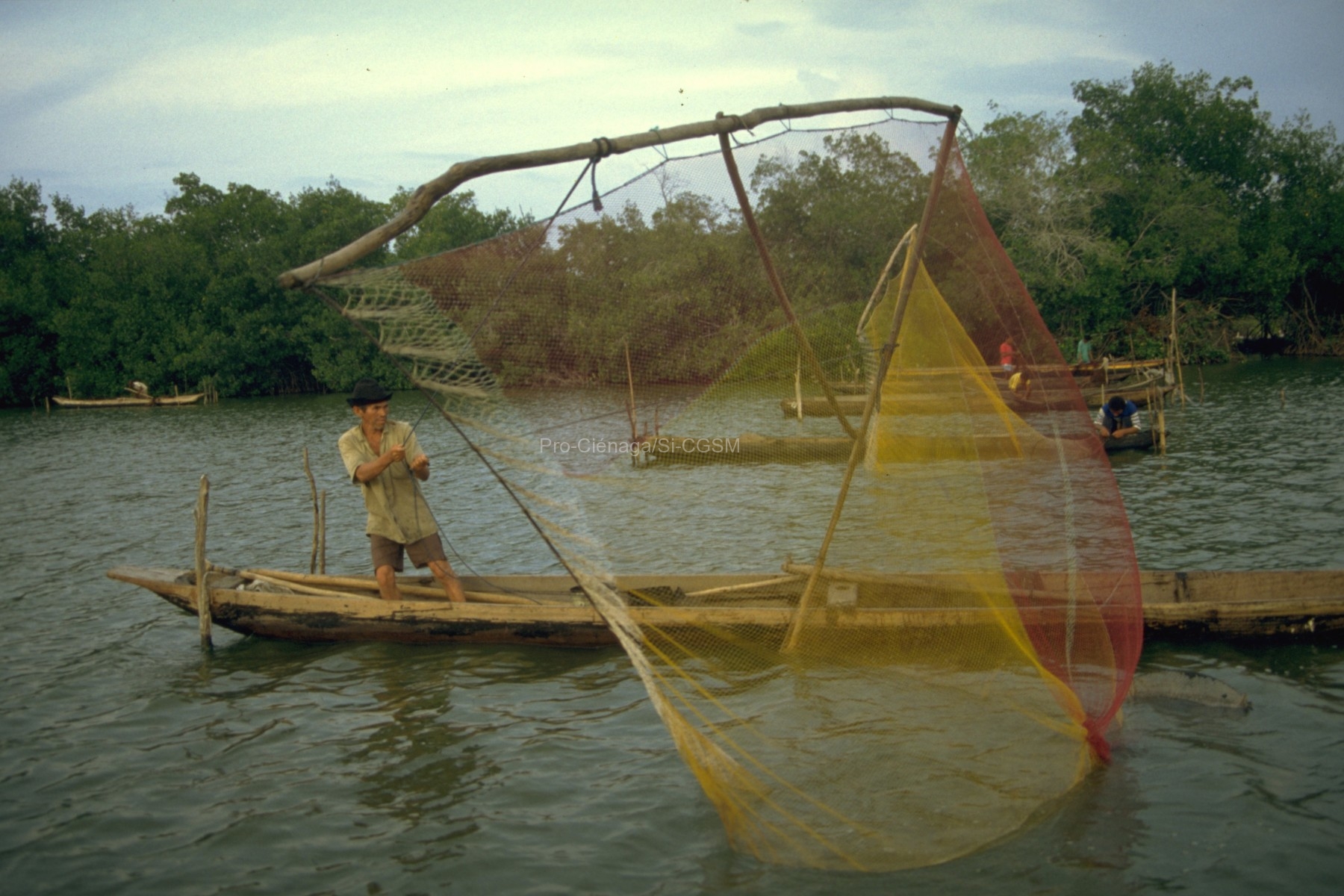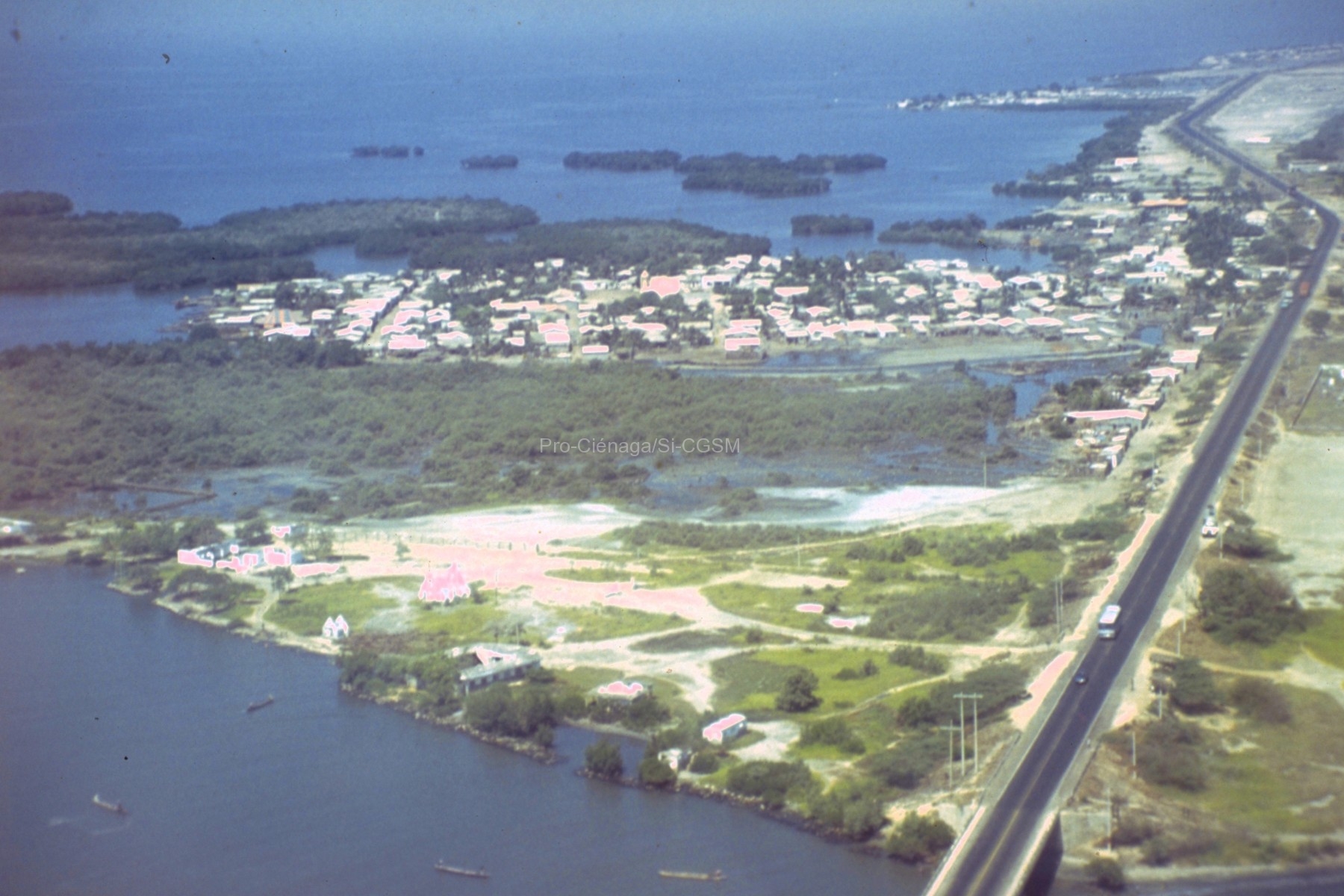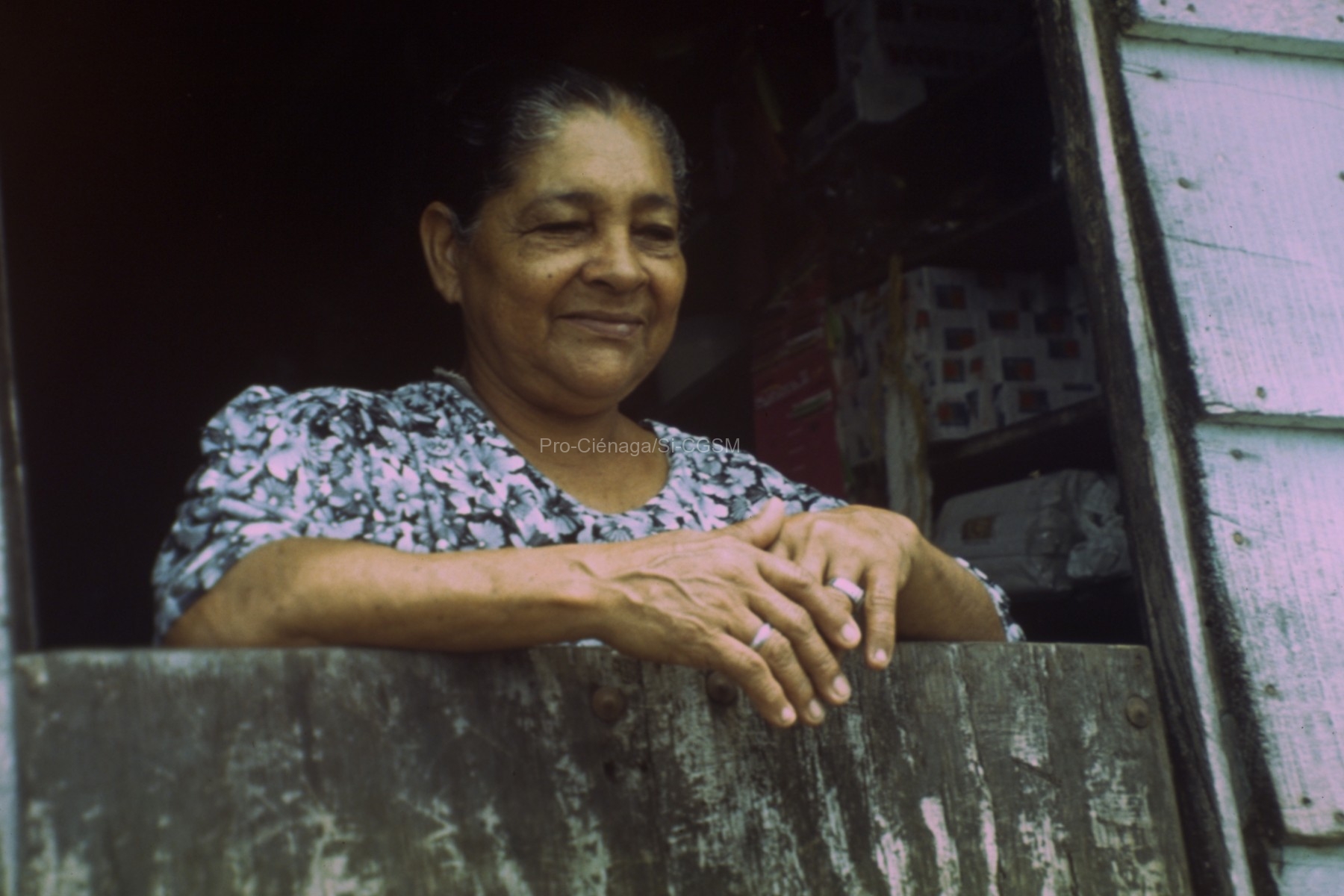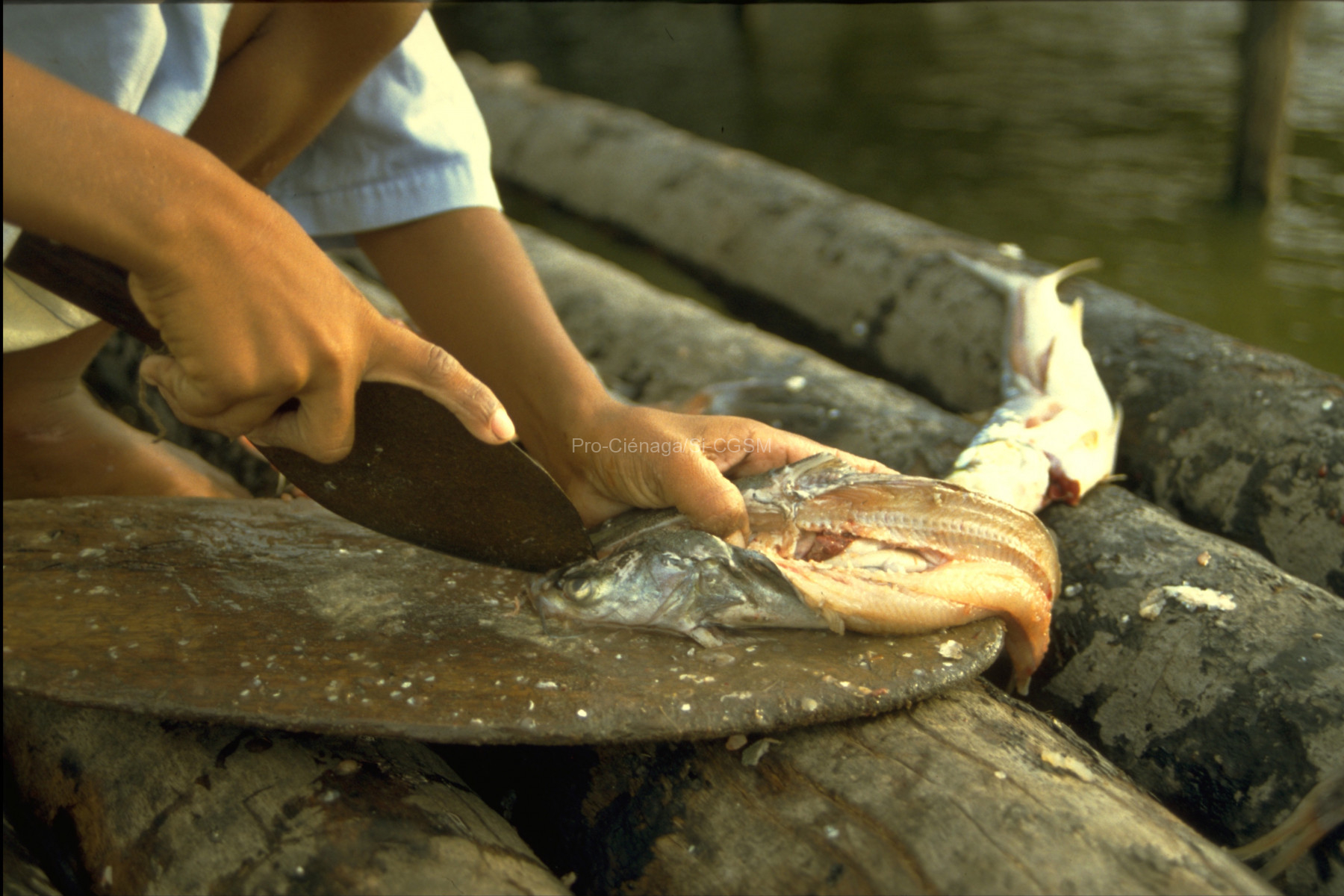GUIDING PRINCIPLE 4: AVOINDING ENVIRONMENTAL IMPACTS AND INVESTING IN NATURE Adverse environmental impacts from infrastructure should be minimized, and natural capital enhanced to the greatest degree possible. Construction should be avoided in areas important for the persistence of biodiversity or having high ecosystem service value. The development of physical infrastructure should seek to complement or strengthen, rather than replace, nature’s ability to provide services such as water supply and purification, flood control and carbon sequestration. Nature-based solutions should be prioritized.
An engineering analysis revealed that the cost of the green-gray alternative would be approximately half that of the gray alternative. By strategically locating the elevated roadways where exchange of water is optimized between the ocean and the marsh, approximately half of the mangroves will be restored. Under the proposed green-gray plan, the mangrove cover is estimated to increase by 344 hectares per year, even when taking into account periodic El Niño diebacks. Each hectare of restored mangrove forest can sequester approximately 23 tonnes of carbon each year.
Outcomes The results of the TBL-CBA suggest that the benefits of the green-gray highway design alternative are significant for the CGSM. The social and environmental benefits total nearly US $2.7 billion over the 55-year analysis period. Approximately 70% of the benefits of the project would be derived from the ecosystem goods and services provided by mangroves, such as the more productive artisanal fishery and the carbon sequestration value. Other impacts generating strong positive economic outcomes were reduced vehicle collisions with wildlife (US $4.3M) and reduced capital and operation expenses (US $329M) of the green-gray highway compared to a gray conventional design.


